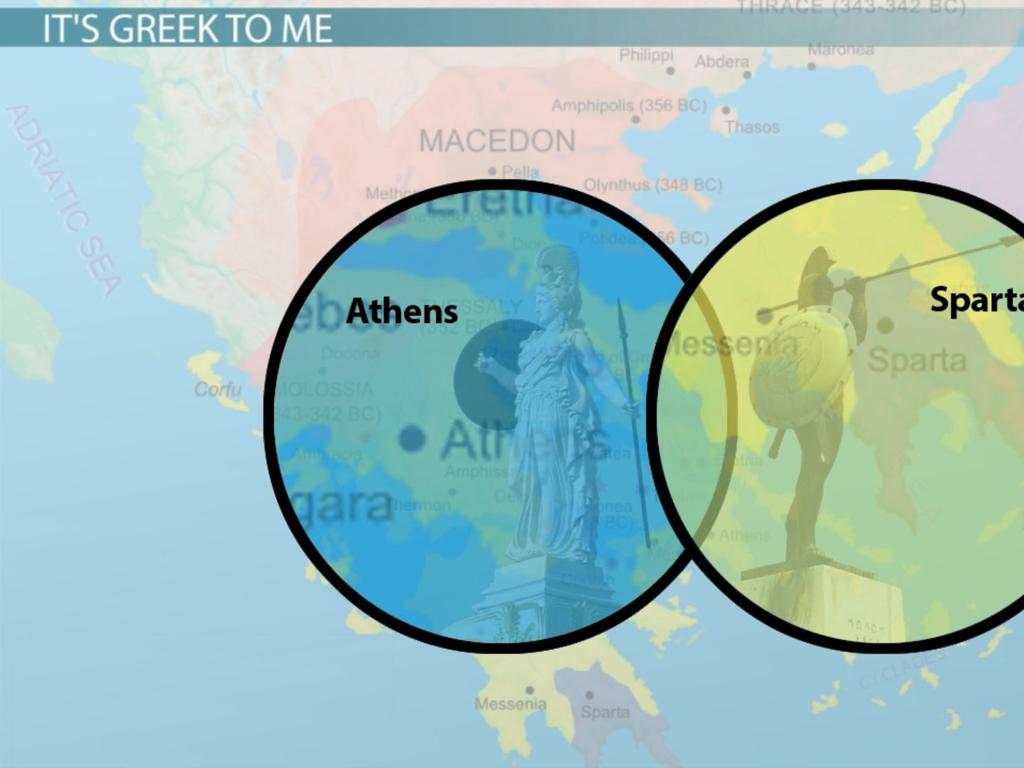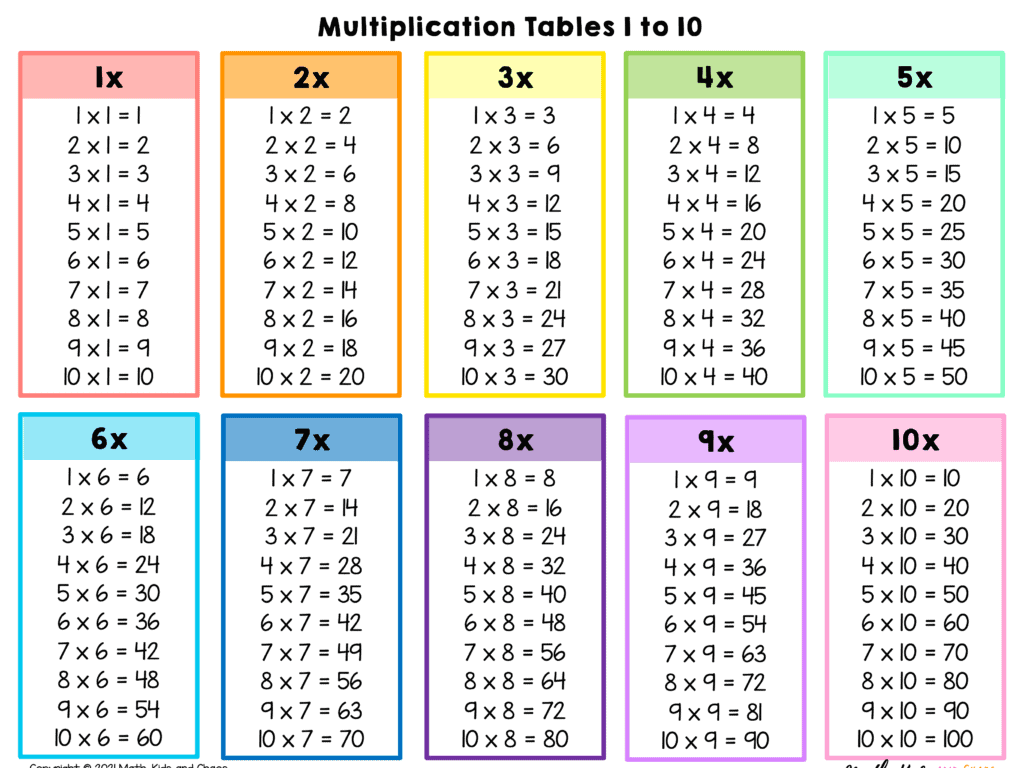Read Clocks And Write Times
Subject: Math
Grade: Third grade
Topic: Read And Write Times
Please LOG IN to download the presentation. Access is available to registered users only.
View More Content
Introduction to Time
– Understanding the concept of time
– Time helps us organize our day
– Various methods to tell time
– Clocks, watches, and digital displays
– Quick activity: Sharing wake-up times
– Write down and share the time you woke up
– Discussing the importance of time
|
Begin the lesson by discussing the abstract concept of time and its role in daily life, such as how it helps us schedule activities. Introduce different instruments we use to tell time, like analog clocks, wristwatches, and digital clocks on devices. Engage the class with a quick activity where each student writes down the time they woke up and then shares it with the class. This will help them practice reading and writing times in a relatable context. Emphasize the importance of time in planning our day and maintaining punctuality. For the activity, prepare to discuss the variety of times students woke up and how this relates to their daily routines.
Parts of a Clock: Reading Time
– Identify Hour and Minute Hands
– The short hand shows hours, the long one shows minutes.
– Learn the Clock Face Numbers
– Numbers 1 to 12 represent hours on the clock.
– Observe Hand Movements
– Hands move from left to right; every full cycle is 12 hours.
– Practice Writing Times
|
This slide introduces the basic components of a clock, which is essential for understanding how to read time. Start by pointing out the hour hand (shorter) and the minute hand (longer) on a clock. Explain that the numbers on the clock face represent hours and that the hands move clockwise. Every time the minute hand completes a full circle, the hour hand moves to the next number, indicating the passage of one hour. Have students practice by pointing to different times on a clock and writing them down. Encourage them to observe clocks at home and keep a log of times they see throughout the day.
Telling Time to the Hour
– Understanding the hour hand
– The short hand points to the hour
– Practice with the hour hand
– Point the hour hand to numbers
– Activity: Match time with tasks
– Match clock times to daily activities
– Discuss our daily schedule
|
This slide introduces students to the basics of telling time, focusing on the hour hand. Start by explaining that the short hand on the clock is the hour hand and it points to the hours. Have students practice by pointing the hour hand to different numbers on a clock face. Then, engage them with a matching game where they match specific times to typical daily activities, such as 7 AM to waking up or 12 PM to lunchtime. This helps them relate time-telling to their everyday lives. Encourage students to think about their own daily routines and what times they do certain activities. This will make the concept of time more personal and easier to grasp.
Telling Time to the Half Hour
– Understanding ‘half past’ the hour
– ‘Half past’ means 30 minutes after the hour
– Reading the minute hand at 30
– When the minute hand points to 6, it’s half past
– Class Exercise: Clock Drawing
– Draw the hour and minute hands to show half past times
|
This slide introduces students to the concept of telling time to the half hour. Begin by explaining that ‘half past’ refers to the point in time that is 30 minutes after the hour. Show them on a clock how the minute hand will be on the 6, indicating 30 minutes. For the class exercise, provide students with clock face templates and ask them to draw the hour and minute hands to represent times like 1:30, 2:30, 3:30, etc. This hands-on activity will help solidify their understanding of half-hour increments on an analog clock. Encourage students to share their drawings and explain the times they’ve represented. Offer guidance and correct misconceptions as needed.
Telling Time: Quarter Past and Quarter To
– Understanding ‘Quarter Past’
– ‘Quarter Past’ means 15 minutes after the hour.
– Understanding ‘Quarter To’
– ‘Quarter To’ means 15 minutes before the next hour.
– Locating Quarter Hours on a Clock
– Group Activity: Paper Plate Clocks
– Use paper plates to make your own clocks!
|
This slide introduces students to the concept of ‘quarter past’ and ‘quarter to’ when telling time. Explain that ‘quarter past’ refers to 15 minutes after the hour, and ‘quarter to’ refers to 15 minutes before the next hour. Show examples on a clock, pointing to the 3 for ‘quarter past’ and the 9 for ‘quarter to’. For the group activity, provide each student with a paper plate, construction paper, and fasteners to create a clock. This hands-on activity will help solidify their understanding of clock positions and time-telling. Possible variations of the activity could include using different materials to create the clock or challenging students to show specific times using their paper plate clocks.
Telling Time to 5 Minutes
– Count by fives on a clock
– Clock faces have numbers 1-12; count by fives to read minutes.
– Read times at 5-minute intervals
– When the minute hand points to a number, multiply by 5 to find the time.
– Pair work: Time-telling quiz
– Partner up and take turns asking and answering time questions.
|
This slide introduces students to the concept of telling time in five-minute increments. Start by explaining how to count by fives using the numbers on a clock face. Emphasize that each number represents 5 minutes when reading the minute hand. For the activity, have students pair up and quiz each other by setting the clock hands to different times and asking their partner to read it. This interactive approach reinforces learning and helps students become comfortable with the clock. Provide examples like 3:00 (minute hand at 12), 3:05 (minute hand at 1), and so on. Encourage students to practice with their partners and come up with times on their own to challenge each other.
Understanding AM and PM in Time
– AM and PM: What’s the Difference?
– AM is before noon, PM is after noon.
– Using AM and PM in Daily Life
– AM for morning activities, PM for after lunch till night.
– Importance of AM and PM
– Helps us schedule our day and avoid confusion.
|
This slide aims to help students differentiate between AM and PM, which are crucial for reading clocks and writing times accurately. AM stands for ‘ante meridiem’ meaning before midday, and PM stands for ‘post meridiem’ meaning after midday. Understanding this helps students to know the time of day, especially when planning activities or understanding schedules like school times or TV programs. It’s important for students to grasp this concept to avoid confusion with daily activities and to help them become more time-conscious. Engage the class in a discussion about why knowing AM and PM is important, and ask them to give examples of activities they do in the AM and PM.
Reading Digital Clocks
– How to read digital clocks
– Look at the numbers and colon; hours:minutes
– Digital vs. analog clocks
– Notice digital shows numbers, analog has hands
– Practice converting times
– Change analog clock times to digital format
– Understanding AM and PM
– AM is morning, PM is after noon
|
This slide introduces students to the concept of reading time on digital clocks, which display time with numbers and a colon, such as 3:45 for three forty-five. Compare digital clocks to analog clocks, highlighting that digital clocks use numbers while analog clocks have hands that point to numbers. The practice activity involves converting times shown on an analog clock to a digital format, reinforcing their understanding of time-telling in both formats. Additionally, explain the concept of AM and PM, where AM denotes the time from midnight to noon, and PM denotes noon to midnight. Encourage students to practice with real clocks and to understand the context of time within their daily routines.
Writing Times on the Clock
– Learn to write times correctly
– We write time using numbers and a colon, like 3:00 for 3 o’clock
– Use a colon between hours and minutes
– A colon (:) separates the hour from the minutes, e.g., 2:30 means 2 hours and 30 minutes
– Complete the worksheet activity
– Write the times for the clocks shown on your worksheet
|
This slide is aimed at teaching third-grade students how to properly write down the time they see on analog clocks. Emphasize the correct placement of the colon, which is a crucial part of writing digital time. The worksheet activity will provide illustrated clocks, and students are expected to write the corresponding times in a digital format. For the teacher: Prepare a worksheet with various clocks showing different times. Ensure to include times that cover ‘o’clock’, half past, quarter past, and quarter to the hour. Encourage students to check their work by comparing with peers or using a digital clock. This exercise will reinforce their ability to read analog clocks and translate that into written digital time.
Class Activity: What’s the Time?
– Play ‘What’s the Time, Mr. Wolf?’
– An interactive game to practice reading clocks
– Students take turns to tell the time
– Each student reads the time aloud from a clock
– Reflect and share learning
– Discuss what was easy or difficult
– Understand time-telling skills
|
This interactive class activity is designed to help students practice and reinforce their ability to read clocks and tell time. ‘What’s the Time, Mr. Wolf?’ is a fun game where one student, ‘Mr. Wolf’, stands with their back turned to the class. The class asks, ‘What’s the time, Mr. Wolf?’ and ‘Mr. Wolf’ responds with a time (e.g., ‘It’s 3 o’clock!’). The students then have to show that time on their own clocks. After the game, students will take turns telling the time from various clocks around the room. To conclude, students will reflect on what they’ve learned about telling time, sharing any strategies that helped them or challenges they faced. For the teacher: Prepare different clock faces with movable hands for the game, ensure every student gets a turn, and facilitate the reflection session by asking guiding questions.






